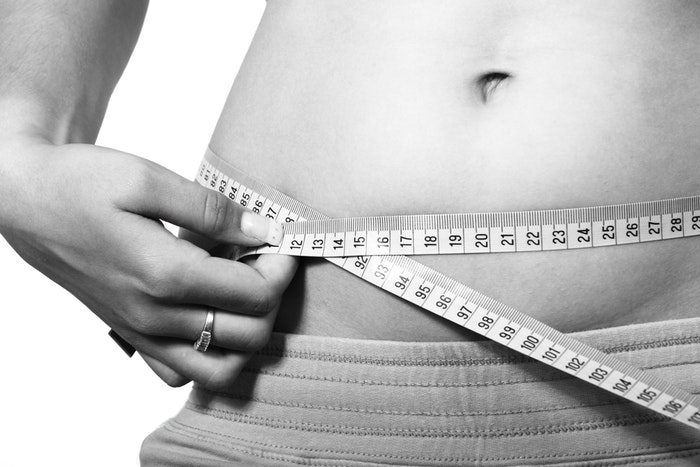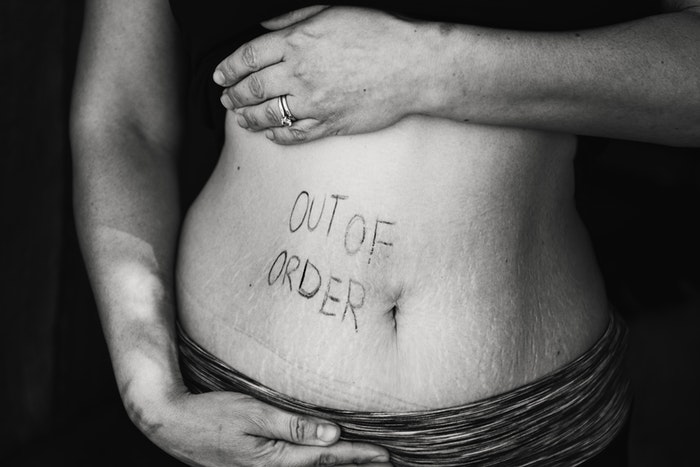In an era where we strive to be our best selves, years and years of self-criticism lead us into depressive mindsets. There is always an acquaintance who is slimmer than us or that girl on Instagram who has unbelievably toned arms. A quick glance at the mirror might not always reflect what we truly want to see. False idealization has set an unachievable image of perfection in our hearts. Women-centric magazines adorn their pages with silky tanned skin ladies with full busts and negligible waistlines, leading us to believe that there can be no other definition of beauty.
Body image issues grow from that tiny annoyance of a bodily flaw that you just can’t seem to get rid of. The annoyance slowly deepens until it shapeshifts into a venomous obsession that eats away at your whole being. Body Dysmorphic Disorder is a mental disorder that leads us to obsess over that one physical imperfection until our brains can’t properly function anymore. The disorder has already spread its claws into one percent of the total population.

There are a few characteristics that differentiate between people infected with BDD and people who are naturally at discomfort with their bodies. BDD victims perpetually obsess over a flaw that is either nonexistent or so tiny that it is unnoticeable for anyone else. They can stress over the flaw continuously for hours and even several days without a break, leading them to stray away from normal day to day life. Unfortunately, they also grow social anxiety and the fear of rejection due to the false notion of their flaws. Sufferers also seem to showcase excessive compulsive traits such as repeated attempts to hide their flaws or endless grooming.

Mirror exposure is a tried and tested way of dealing with BDD as endless periods of exposure to full-length mirrors help the sufferers get used to their physical attributes. This along with cognitive behavioral therapy which involves the victims testifying in detail about what they see in the mirror with a therapist aids a great deal to heal the sufferers of their mental distress. A prolonged and enlightening look at their own reflection enables them to challenge their distorted views of their bodies, eventually helping them let go of the misconceptions.
